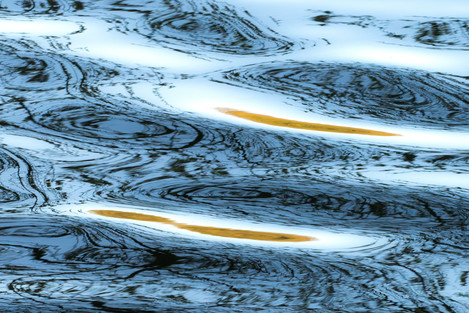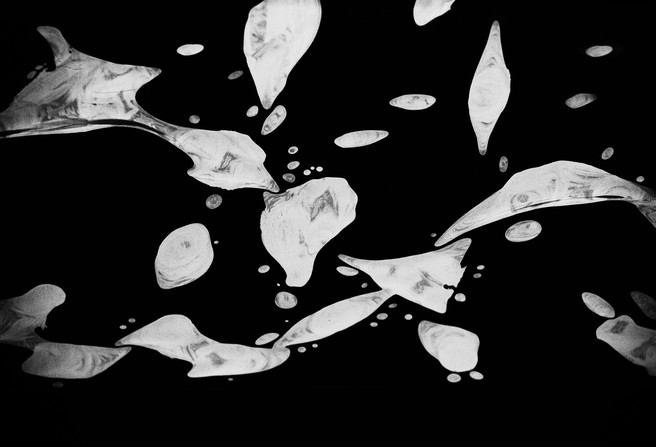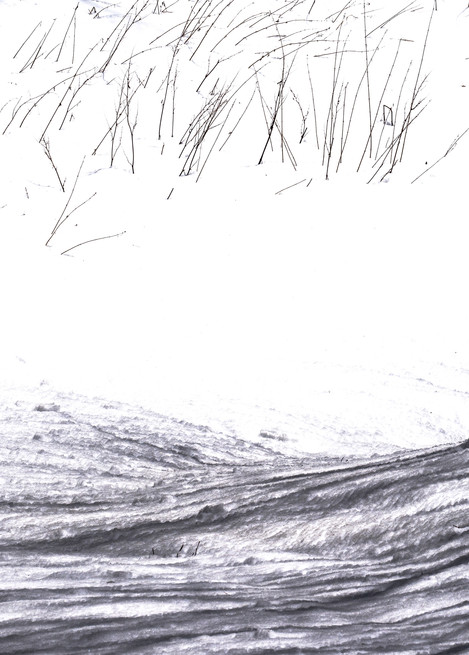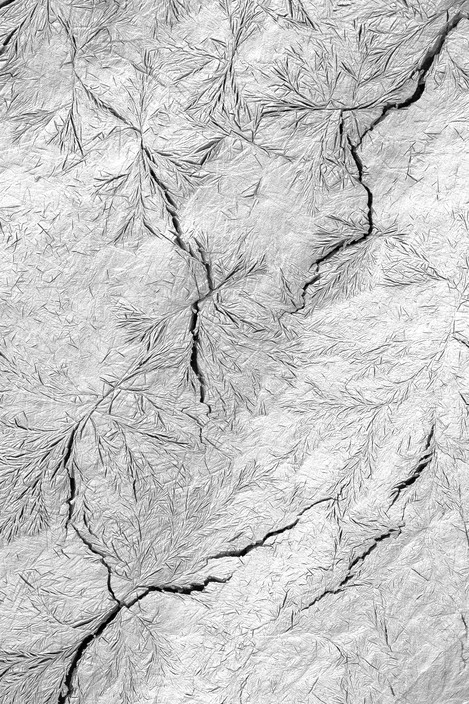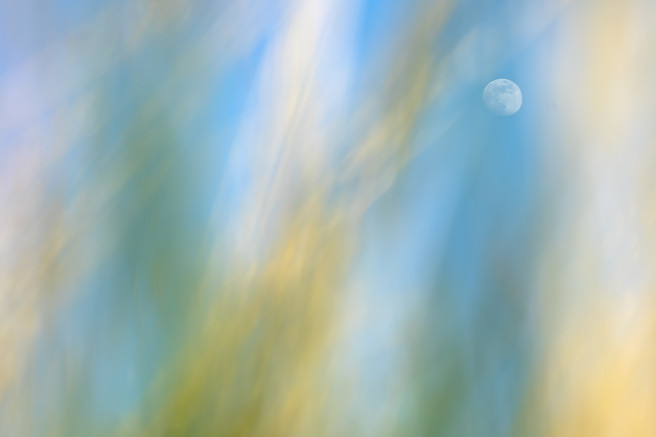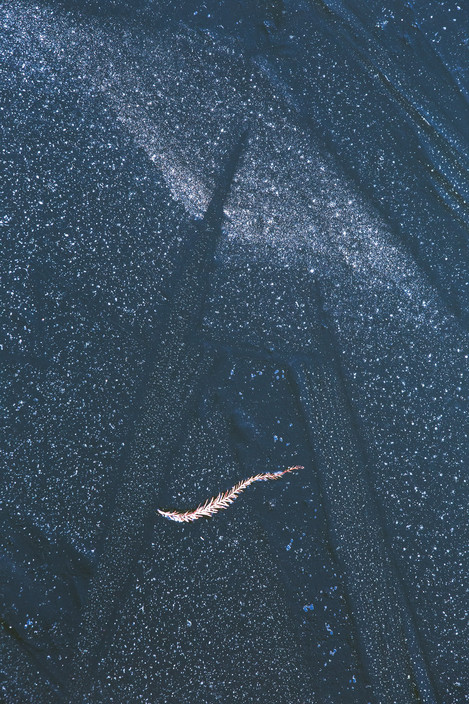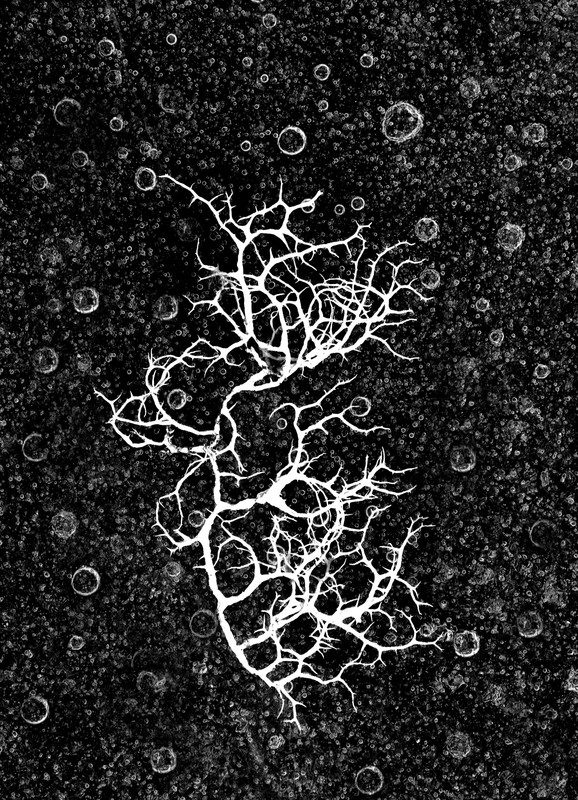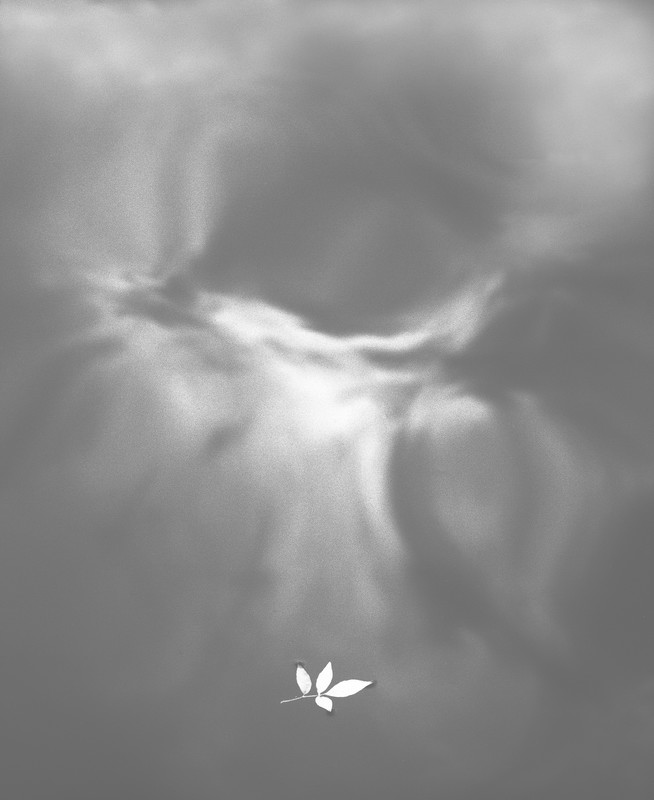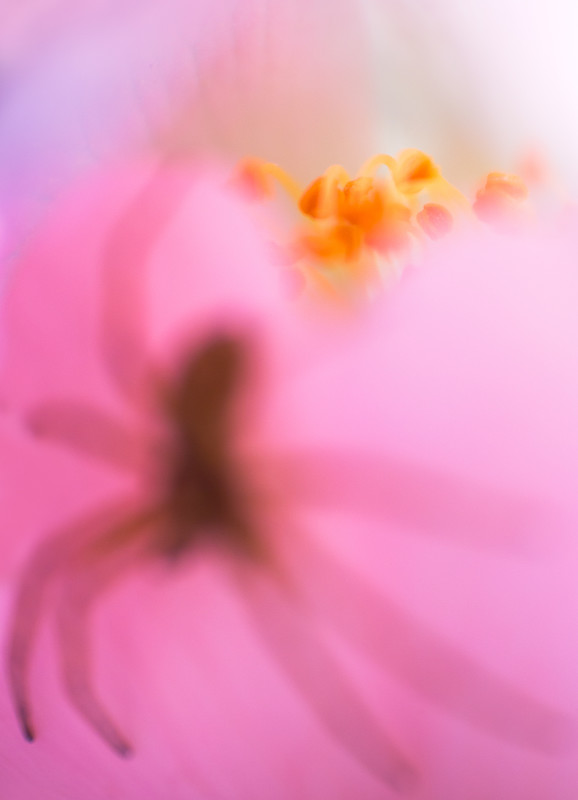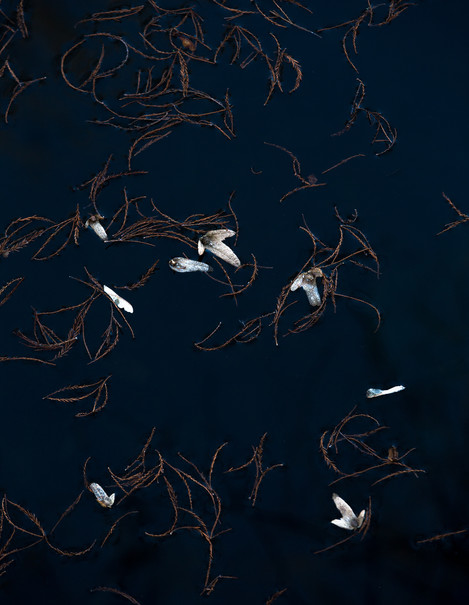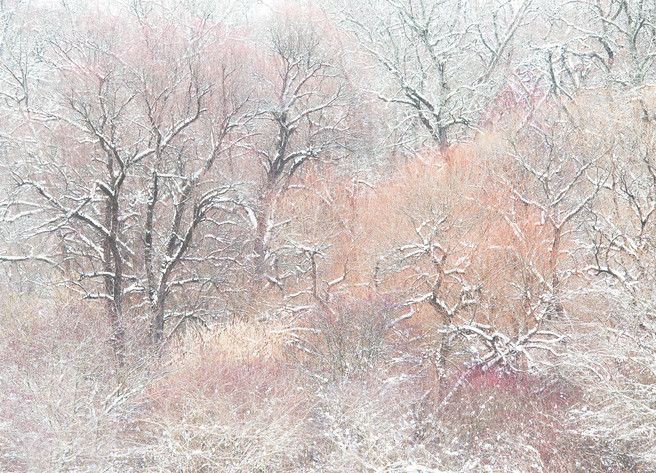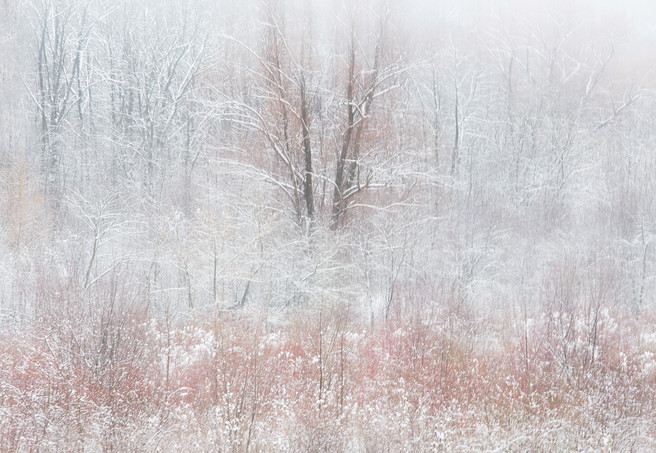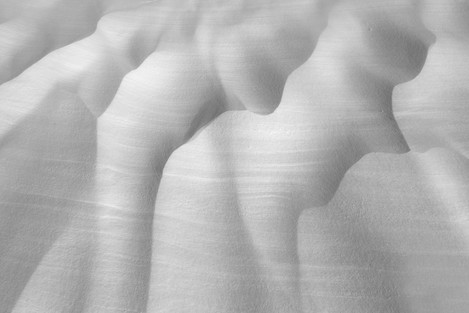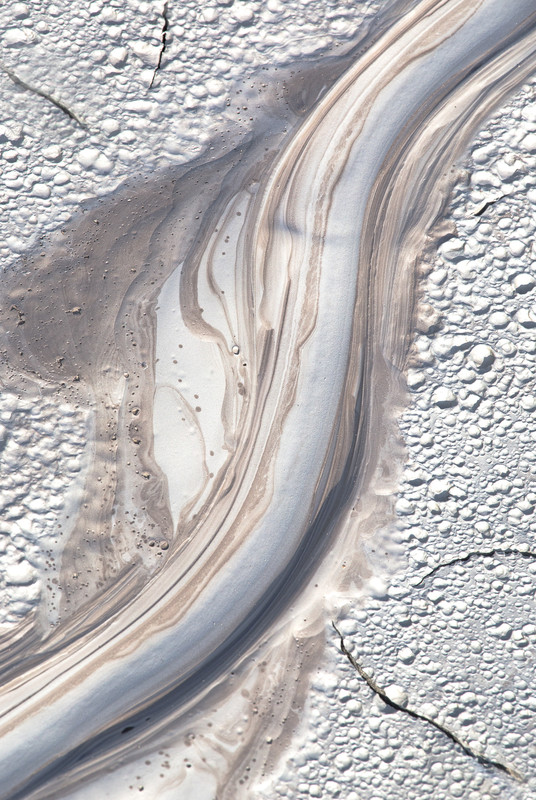Featured Photographer

Laurentiu Pavel
Laurentiu Pavel is a Romanian landscape photographer who delights in finding patterns in nature.
“When I follow the light, I find shadows.
When I follow the shadows, I find light.”

Michéla Griffith
In 2012 I paused by my local river and everything changed. I’ve moved away from what many expect photographs to be: my images deconstruct the literal and reimagine the subjective, reflecting the curiosity that water has inspired in my practice. Water has been my conduit: it has sharpened my vision, given me permission to experiment and continues to introduce me to new ways of seeing.
We can thank the light – and work – for slowly but inevitably drawing Laurentiu towards photography. It’s interesting that this, rather than a love of outdoor activities, came first. I sense that Laurentiu is like many of us most comfortable behind the camera, but he’s been generous in sharing his thoughts, and his words make for a beautiful and evocative read that sits well with his images.
Would you like to start by telling readers a little about yourself – where you grew up, what your early interests were, and what that led you to do?
I grew up in a small town in Romania, where, at that time, the usual activities didn’t in any way include going out into the wilderness or into the mountains. One can say that from this point of view, things have looked pretty dull over the years.
What really comes into my mind as a clear picture is when I used to walk around the streets of the neighbourhood, and the weather looked fickle; the light in the sky and the clouds sometimes would become interesting. Those moments proved to be really fascinating during my walks in such weather conditions. And that was due only to the light that I was witnessing. It’s only after some years that the attraction towards the light proved to be actually an attraction towards photography. But at that moment in the past, I was just drawn by beautiful light conditions and nothing more.
After some years, I had to go to University, which happened to be in Bucharest. Things continued to be more urban. My whole life was somehow focused on the usual things, studying and trying to make a living. Still, there was no sign of photography or anything that might lead to my future passion.
Then I started out my employment in telecommunications which led somehow to a lot of travel throughout the country. Through the business, I had to wear a camera, and this came along with me for technical purposes and such, so my curiosity in photography arose in small portions. Besides doing my usual tasks, I began from time to time to foray into nature and its beauties. Like any other beginner in photography, there were lots of bad pictures and failures. My interest in photography was somehow starting to show up timidly. Something was drawing me towards making pictures, but things were far from being clear in this regard. Travelling from place to place, and seeing interesting sceneries, made me, in a way, curious and eager to capture moments.
What part has photography played in your life so far, and how much time can you now devote to it?
When photography comes from your heart, it definitely plays a special role. It’s like an interesting book which you open from time to time. You put it aside when finished, and then, when the time comes, you open it and start reading again. Thus, the magic is always present and only waits to be revealed whenever there comes a proper time.
I am not a whole-time dedicated photographer. Photography is just a passion which brings me joy and relief. Whenever I have the opportunity to go out into the mountains, or just somewhere into nature, I will bring the camera along with me. I know that somehow something interesting might occur, and I don’t want to miss it.
I might say that the camera is quite present in my life, although I get to spend time in nature only at the weekends if things are fine. It’s also true that sometimes one should take short breaks from taking pictures just to let your mind breathe in the normal way. As strange as it might sound, the mind needs moments of rest from the photographic work. Over time I’ve noticed that there are moments when you actually cannot produce a picture of good quality. One needs to breathe for a second. Then, everything comes to life again. I think that is true anywhere in art, be it in photography, music, writing, or painting.
But I strongly believe that in order to get to a certain level, one has to work pretty hard, and one needs to spend enough time in nature to get to know it. Only then can one speak about really good pictures.
Unfortunately, I don’t have this lucky life to spend so long in nature. So all the pictures I manage to make are during weekends, if I’m lucky, or during my trips throughout the country after I finish work.
In the beginning, I used to take all sort of pictures, from nature to urban, from macro to wide landscapes. Perhaps in those times, I was looking for something through photography - a story, a pattern, a vision, a different world. I don’t know.
I suppose things like these are happening somewhere at the back of our minds, and over the years, suddenly, something interesting comes up; with an inner desire and a lot of work, one can get at the essence.
You started off, I think, recording your expeditions into the mountains. Did anything in particular prompt you to become more serious about the photography side of things – something you saw or experienced perhaps?
The truth is that when going into the mountains, it becomes quite natural to take pictures, be it for art or just for memories. Walking around, being with your friends, enjoying the views, the time, the air, all these bring along a certain state of mind which allows you to feel free and dive into photography.
If anything made me look more seriously at photography, I really don’t know. It’s a long, long process which usually takes years after you realize that photography means more than just taking a picture. These days the internet is full of beautiful and interesting pictures, so it’s really difficult, if not impossible, not to carry all these into your subconsciousness. Perhaps we all take little parts with us whenever we see a good picture on the internet. That image, like others, leaves gently a trace in our minds. Subsequently, when the time comes, and we do photograph, the images we finally make may have delicate nuances from others. That’s a fact.
As for me, what made me look more serious about photography is probably the way I felt about shapes, colours, lines, light, shadows and so on. The human being has always been strongly attracted by beauty, whatever this could mean. Fortunately, some of us were given a special gift, one to express the beauty. In photography, this means making interesting, strong pictures with just a camera and your artistic mind.
Who (photographers, artists or individuals) or what has most inspired you or driven you forward in your own development as a photographer?
As I said before, my journey into the vast land of photography began a long time ago. The first steps were very timid and without any clear conclusions. It’s only during the last few years that things have begun to look more serious. It’s also true that one must try a lot until one discovers the essence. This discovery sometimes has its share of chance: the chance to meet talented people, interesting places, and circumstances. In my early years of photography, I had the pleasure to get to know someone who is now a good friend of mine, Dorin Bofan, who happened to be a good photographer even in those days. Then we decided to try and go more often into the mountains, exploring places and seeing new perspectives. His photography was definitely something that I took into account to a great extent. As time passed by, I had the pleasure to get to know photographers on social media or in the mountains. This also gave me the chance to go ahead with my dreams and focus constantly on photography at a different level, wishing to create better and better images.
That was the start towards a more serious view of photography. But a more complex and profound process takes place in our minds and souls. Things begin to build up inside ourselves at such a level that the images that we create belong to us in spite of all the pictures we see every day on internet.
Definitely, I met a few important people in my life, photographers or friends, and that played a major role in my education as an image producer. But what comes in the end is an image that is the product of my inner self, my own beliefs, views and feelings. Thus, photography has become literally an inner conversation but without words.
Your images seem to change quite a bit around 6 years ago – from mountain views to more intimate details. The mountains are still there, perhaps in a more abstract or atmospheric form, but you become a wonderful observer of small details and quiet moments. There’s a sense of you shifting from looking at the landscape to seeing nature?
Indeed, it’s been quite a change for me. My vision has shifted discreetly from mountain views towards inner world views. The mountains have remained all the time in my soul and mind, but somehow I got to focus on other, different photographic subjects. There have been times when I could not go to the mountains for various reasons, and so I was facing a new situation in which I had to find something else.
The transformation has taken some time period in which I was literally taken by the wave and let myself ponder over the abstract and inner artistic world. Then, I think that the places I have been to lately made me think of photography a little bit differently. There is always a connection between life, things you are going through, and the images you finally get. As I have progressed in my later years, something must have triggered a change in my mind towards a more abstract view of things. Maybe I had this passion for abstracts well hidden in my mind, and it was just waiting for the right moment to emerge. At this time of my life as a photographer, I feel more attracted by patterns in nature. I see things in shapes, lines, and shadows, and I find myself very often trying desperately to put them into an image in the end. Everything around us brings a contribution to the way a photographer gets to see the world.
At this point, will you choose 2 or 3 ‘favourite’ photographs from your own portfolio and tell us a little about why they are special to you or your experience of making them?
There are many images that I really like or love, and I must say that it’s a rather difficult task to pick some. To make things easier, I will just choose 3 of them from the pictures selected for this interview.
Frozen Soul
This image was taken in an area where I rarely get to photograph because it’s too far from home. The weather conditions which I found were so great that they finally allowed me this beauty. I was so lucky to be there at the right time. Everything happened on the frozen surface of a lake which was covered from place to place by little fallen branches, leaves and lichen. I had been walking carefully all day long on the frozen water looking downwards with the hope of catching something interesting within the icy frames. I finally found this little wonder surrounded by ice bubbles, and I saw it as a soul, a frozen soul. Since then, I have never had this photographic opportunity again.
Saying Goodbye
During the last two years, I have been developing a curiosity as regards to water and what it can offer in different weather conditions. I have noticed purely by trying and playing with the camera that I can get some interesting images once I manage to put things in order. By putting things in order, I mean having a leaf or something else, a reflection, a certain pattern of the ripples arranged in such a way that the final image is really a success. We often hear that an image must have a message, and it’s true. But what is somehow beautiful about photography is that this message gets to us through the eyes. What an image stirs then within our minds is what I call a miracle. The image “Saying goodbye” is such a story.
So Close
One strange thing about this image is that I usually don’t make macro photographs. It happens quite rarely and only in some situations. This one is made with an inverter mounted on my usual 24-70mm f4 lens. One very warm summer evening, I went out for a walk with some ideas in my mind regarding the way I would photograph, but nothing could have prepared me for what was to happen. The park that I visited had some high bushes hosting beautiful pink flowers. The type of flower was quite perfect for what I had in mind to do. I shot many images. It was hot and quite difficult to pinpoint the flowers with the camera. This type of photo is difficult because you need to stay very still when pressing the button, and you need to move millimetres to and fro in order to focus on what you want. When I saw the spider resting on a petal, I realised that I might have an interesting image. All I had to do was to wait for the right moment. Then an idea crossed my mind. What if I get the spider unfocused and the flower in focus?! The final impact was really beautiful.
Tell us a little more about your local area and the places that you are drawn back to? Do you need to travel far for your photography?
I have lived for so many years in a big city, surrounded mainly by concrete and only by a few parks; it’s something that I had to get used to. Living in a hectic urban area requires some adaptation, and some dexterity, to cope with everyday life. From time to time, one has to get away from it all, and that happens when visiting places, going out into nature or into the mountains. This is how I manage to breathe fresh air and give my mind moments of rest.
There are a few places where I can go whenever time allows me. Some of them are quite far from the city, around 2 or 3 hours’ drive from home, so this usually happens during weekends or short holidays. I often revisit a dear place for me, which is about 2 or 3 hours’ drive from home, where I can make abstract images; it’s called Muddy Volcanoes. It’s not really a large area. Although it’s not really a fantastic place, it gives me joy and rest to rethink some photo frames. Another opportunity for photography is when I go into the parks, and I use as subjects the water, the leaves fallen from the trees, and some reflections. These subjects in photography are not always easy to handle, but when I am lucky, I can get pretty interesting photos. The trees remain a constant subject in my images, no matter what season I am in.
But for most of my images, I do have to travel a few hours from my town. That’s a necessity if I want to have a complex and large portfolio.
What cameras and lenses do you currently enjoy using? Has this changed over time?
At this time, my usual equipment is a Canon 6D camera together with 2 lenses, 24-70mm f4 and 70-200mm f4. Besides these 2 lenses, I use an inverter ring for macro, but that happens quite seldom. During my time as a photographer, I’ve realised that these 2 lenses are pretty much what I need to make photos. I focus more on going out into nature than on trying to buy more and more equipment. I know it sounds like a cliché, but that’s how things have been working for me for some time.
I used to have different cameras and fixed lenses with good optical quality, but I had to sell them all and resign myself to very simple equipment. Just that, and the desire to photograph. Since I have been drawn lately more towards intimate photography, I have found myself many times taking pictures with just the 70-200mm lens, be it landscape or abstract photography.
And yes, things have changed entirely when it comes to photographic equipment. Now I keep only the bare necessities, so to speak, in order to get at least good quality images. I prefer to put aside some money for travelling to interesting places, which could bring me joy and satisfaction as regards photography prospects. One thing I would keep with me at all times is a good optical lens which I could use for an abstract approach.
How big a part does processing and editing play in realising your vision? Do you have an established workflow?
An important part of an image is the first camera shutter release. Then one can say that the magic can begin and makes its way to the final image.
Right after I come back from a short or a long trip, I download the images and have a quick look at them to see whether there is something good that deserves to be kept. Sometimes, when the conditions are right, I come back home with some good images. The ones which prove to be wrong would definitely end up being deleted.
When I’m home, and I have some spare time, I get to work on some of the images that I chose as being interesting. The whole process of getting the final image takes, by and large, about 15 minutes, sometimes even less. The truth is that I don’t anymore make complex images which are supposed to have multiple exposure layers and which imply a lot of work for me. Now I use only one exposure frame, which I process in Photoshop. I use a few Curves and Exposure layers which I tune very, very carefully so as not to affect the final image too much. I prefer to make small and discreet changes because this way, the image gets to look natural and not over processed.
Mainly, the workflow includes some contrast adjustments, luminosity increase or decrease, and some spot removal.
Do you print many of your images, and if so, how do you choose to print and present them?
Unfortunately, printing is not part of my life as a photographer. There is no demand for this, so I don’t print mine at all for sale my images. I remember that I made some prints some years ago for an exhibition, and that was all I did in this regard. It is said that the final destination for a photographer should be a print of good quality which brings before the beholder’s eyes nature’s beauty. It is an interesting process which should be the final stage in our formation as photographers. There must be an evolved market so as to be able to sell prints in large formats. Another way would be probably to make prints just to offer them as gifts to friends or relatives. One thing remains certain: an image will always look better on a print.
What do you feel you’ve gained through photography?
Photography is my way of dreaming, it is my connection to a certain part of myself which doesn’t know how to speak otherwise. I remember years ago the way I was fascinated by light in the sky, and then I didn’t know how to translate it into something more definite. Years have passed by, and I have come upon photography which has proved to be an interesting way to translate beautiful nature into images.
Photography is a long and discrete journey which happens mostly in our minds and ends up changing us and our structures as human beings. It brings about soft changes for the better; it makes us appreciate the world, nature, and the things around us. The first stage in this journey is the subtle connection with nature, the joy you feel whenever you are out there. With time you realise that you can get to know lots of people with the same interest for photography. That’s another beautiful aspect when you get into this world. Most of my friends come either from photography or from travelling.
Do you have any particular projects or ambitions for the future or themes that you would like to explore further?
I would not call them ambitious projects but just themes to be explored a bit further. There have been places which I have discovered by chance over the years, places that have proved to be quite interesting and full of surprises. It’s about patches of forests which drew my attention pretty much and which offered me opportunities for beautiful images. All I’m looking for now are different meteorological conditions which could bring about some interesting changes to the way these forests can look. I find forests and trees a very fascinating subject for me as a photographer, mostly during autumn and winter times.
One thing that I crave is alpine photography which I’ve kind of neglected a bit. I have always been attracted by alpine, wild, remote areas, and I really hope that one day I’ll resume this kind of adventure. Although it’s obvious that the abstract style has taken me over in recent years, alpine photography will always find a special place in my heart.
So the next themes that I would like to explore are very simple and dear to me: abstract and alpine. Now it’s up to life or some luck to see if all these will come true.
You’re good friends with Dorin Bofan, who we’ve interviewed previously. How helpful has it been to have a fellow traveller in planning trips and developing as a photographer? Do you have any more adventures planned together?
Yes, I met Dorin some years ago when I was very much at the beginning of my journey as a photographer. I remember he had at that time a website which looked very good, and I was quite interested to see if I could have a similar one for myself. With his help, I managed to bring some useful adjustments to my own web platform. Since then, we’ve become very good friends and have been trying to arrange our adventures together as much as possible. Firstly, we tried to get out into the mountains in our search for interesting images, each of us obviously in our own artistic way.
Then followed some trips abroad in Norway and Iceland, in areas which proved to be very interesting and tempting, thinking about what these countries’ landscapes can offer. Besides being a talented photographer, Dorin is a good friend. We just happened to resonate with each other as regards our visions about life, about photography, and this has had a huge contribution to our journeys. He now travels a lot more than I do in different countries, and that’s an advantage for him as a travel planner and photographer. Since the pandemic and due to some other problems, we have had a break in our journeys, but I hope that we’ll resume the adventures and we’ll get to some interesting areas such as Iceland, Scotland, Spain, and Turkey. Anyway, I hope this dream is not too far-fetched.
If you had to take a break from all things photographic for a week, what would you end up doing? What other hobbies or interests do you have?
I have rarely felt the need to break away from photography for a long time because I never get to be overloaded with this kind of activity. Photography plays a significant role in my life, but just in small portions. I’ve only happened to feel the pressure of too much photography when travelling abroad, mostly in Iceland and Norway, places where I really made lots of images. There the amount of work as a photographer was quite huge, and I almost felt tired of taking so many pictures. Separate from these periods of travelling, I like to have the camera at hand in case something interesting occurs.
Another hobby that I had some years ago was alpinism, but I had to give it up for a bit due to some health issues.
Then, when time allows, I enjoy taking short or long day trips walking around the city, watching movies, reading, and talking to my friends.
And finally, is there someone whose photography you enjoy – perhaps someone that we may not have come across - and whose work you think we should feature in a future issue? They can be amateur or professional.
There are so many good photographers out there, and choosing some of them is a pretty tough task. Fortunately, I saved on my phone a link with some photos and now I’m able to offer an example.
I once found out about a photographer who caught my attention with his portfolio. He’s a very subtle artist who manages to capture the essence from time to time. His name is Manuel Enrique Gonzalez Carmona.
Thank you Laurentiu. I know readers will enjoy reading this, and will hope that you continue both dreaming and travelling.
If you’d like to see more of Laurentiu’s photographs, you’ll find him on Facebook
If you’d like to read the interview we did previously with Dorin Bofan, you’ll find it here https://www.onlandscape.co.uk/2015/12/dorin-bofan-photographer. You can read other articles by Dorin here.
[/s2If]


